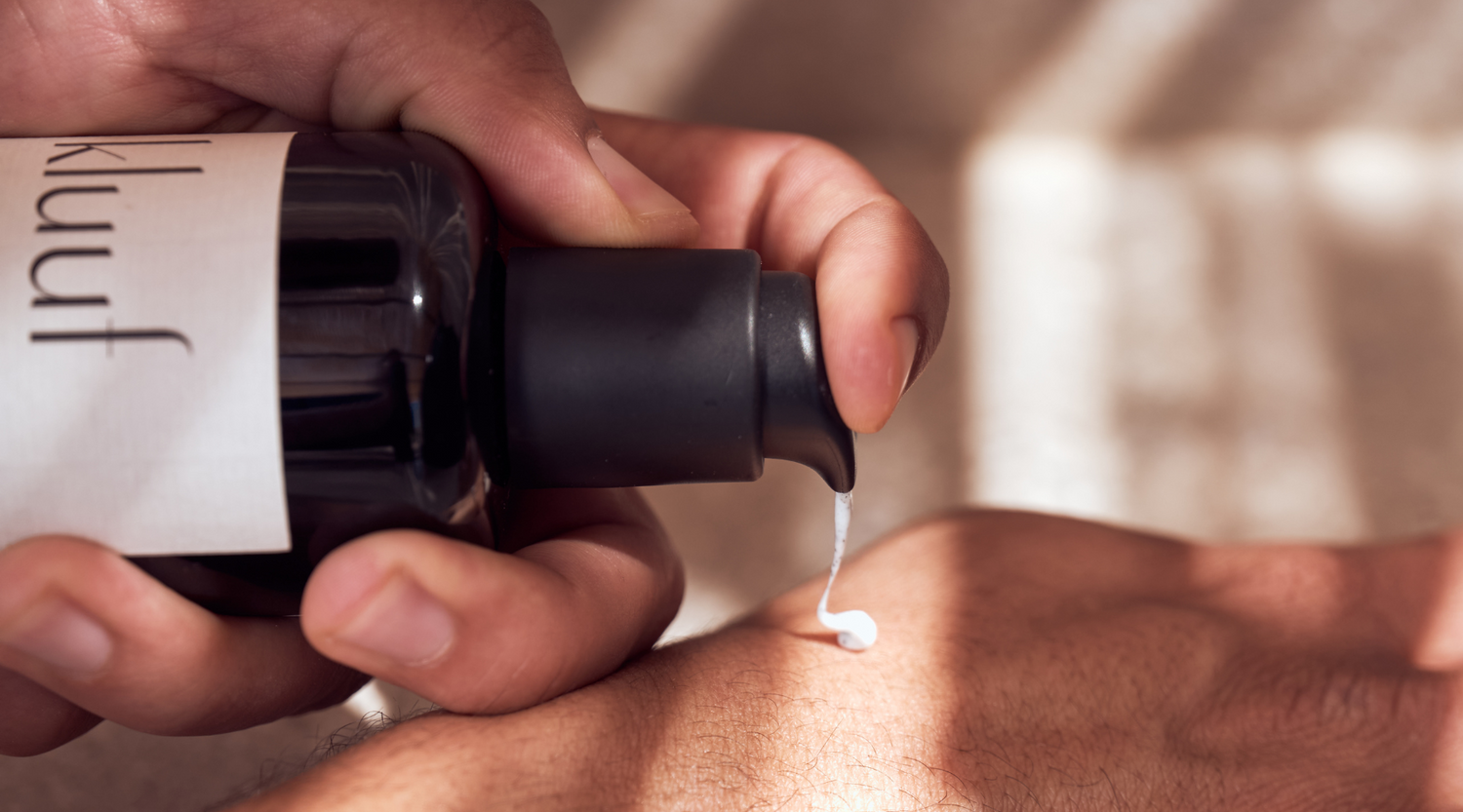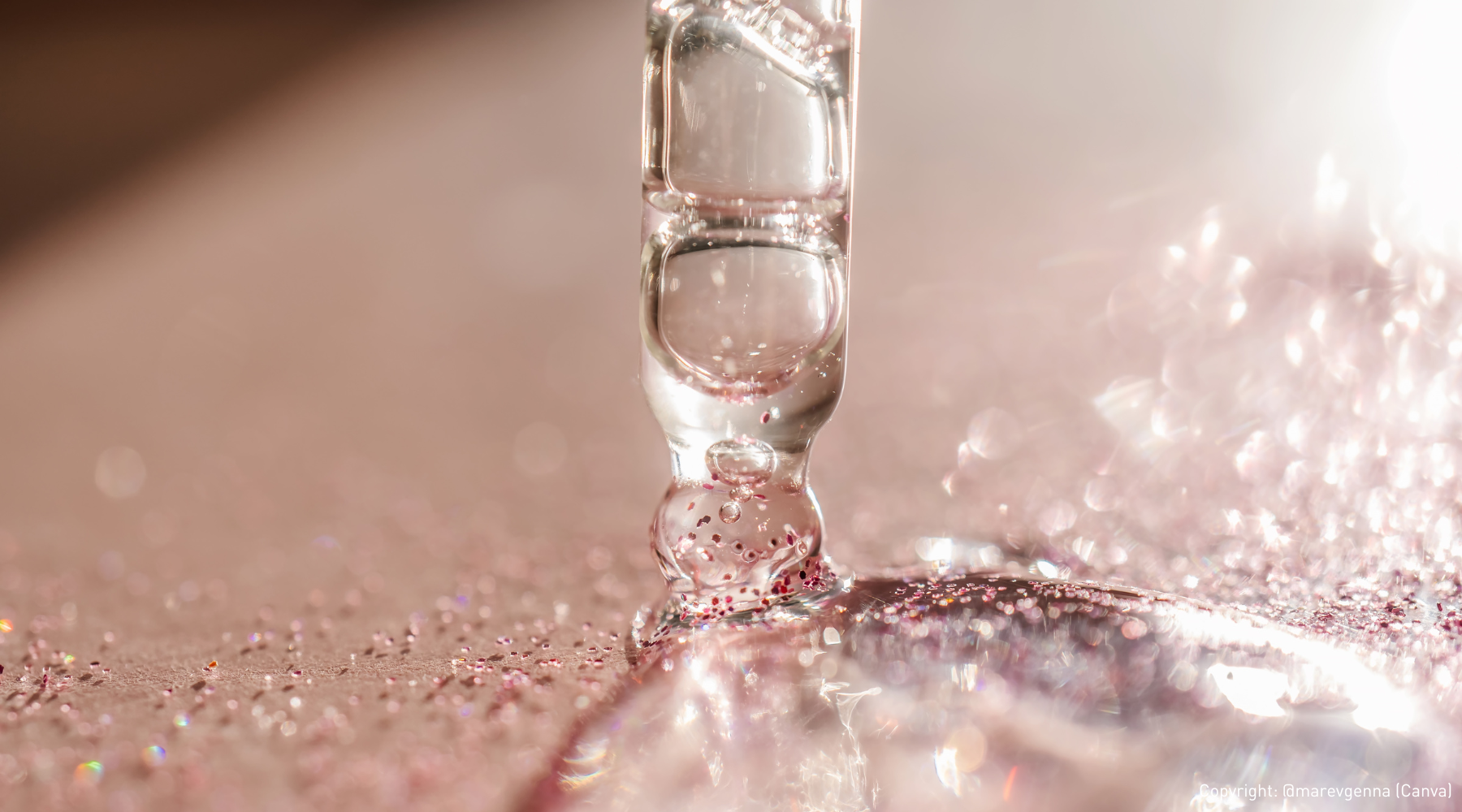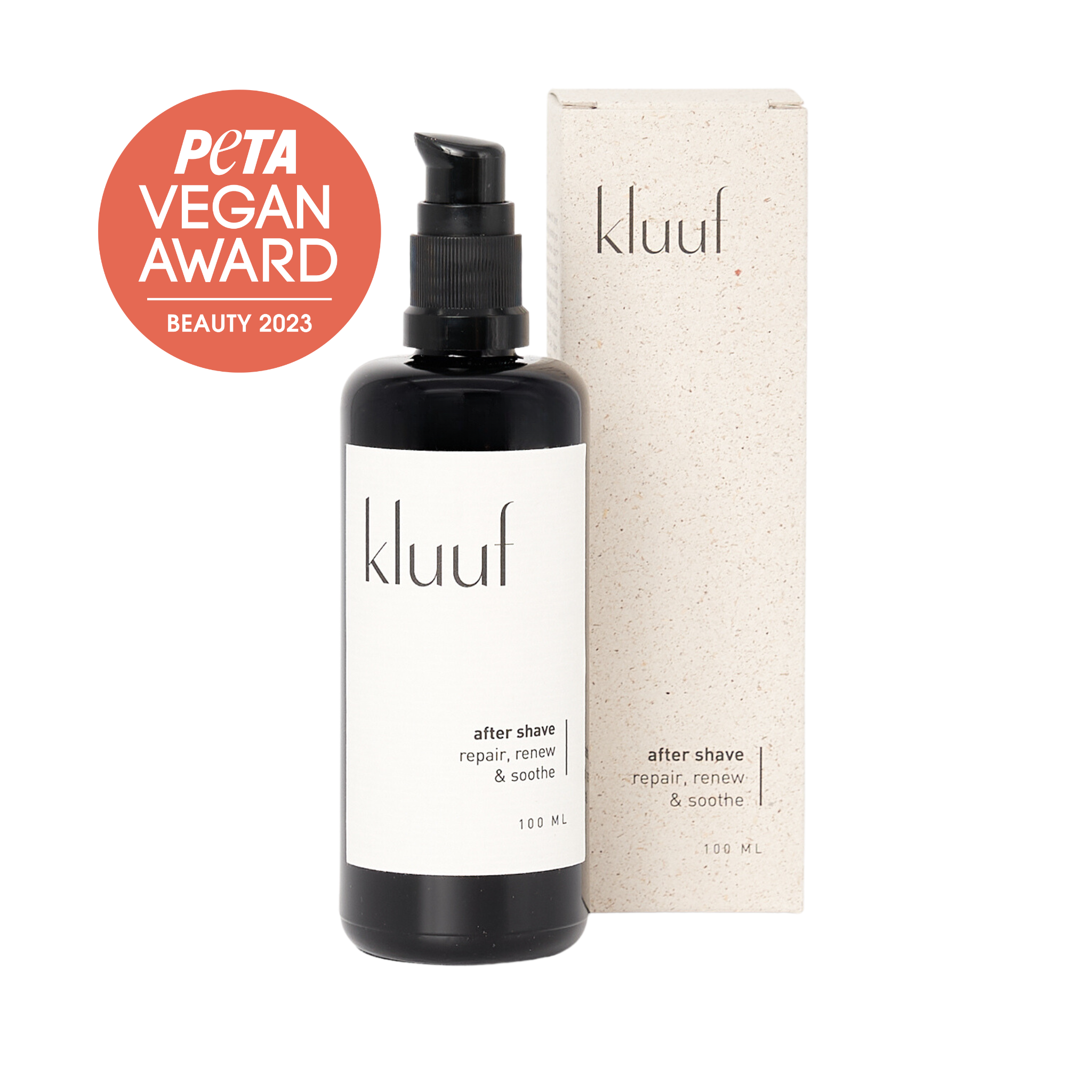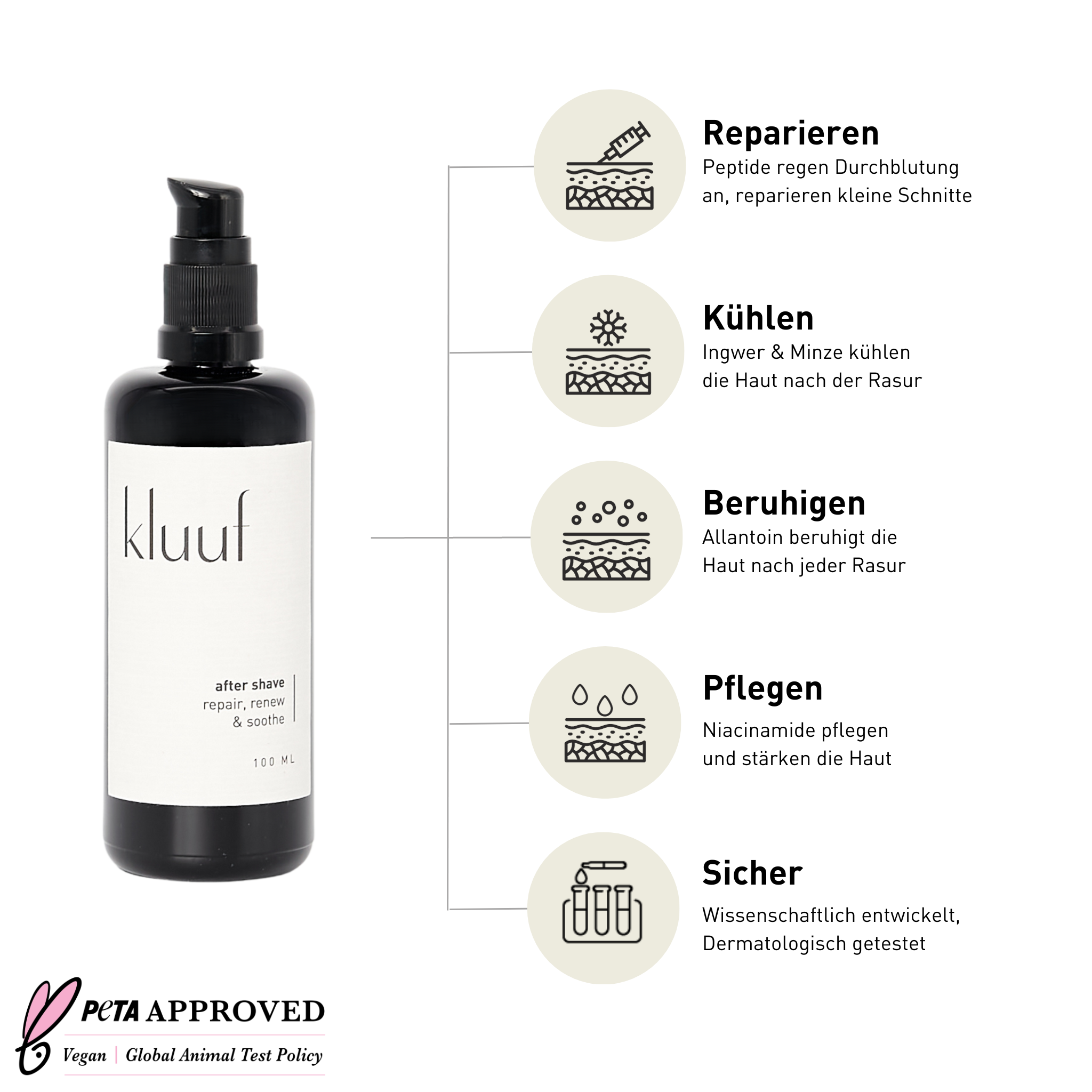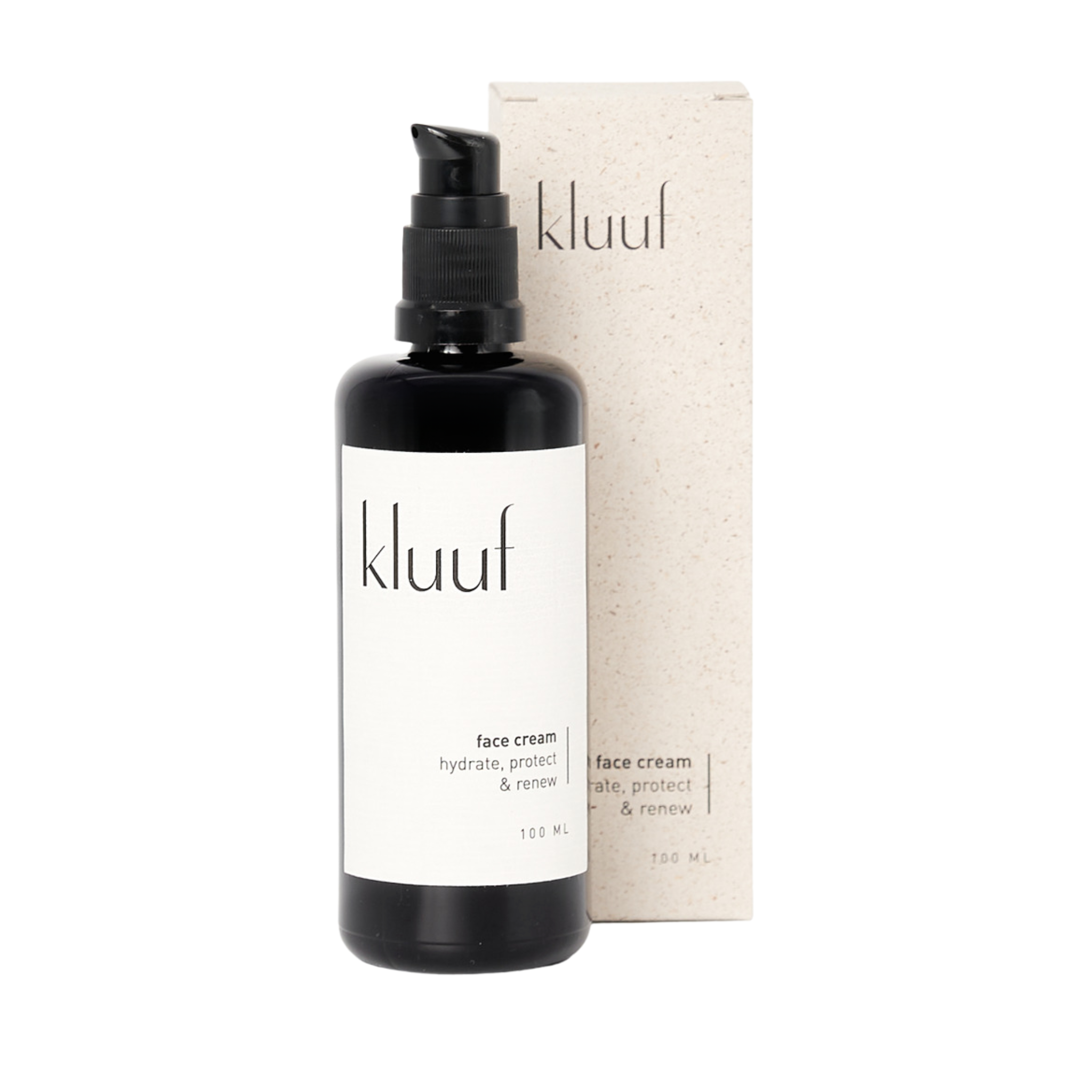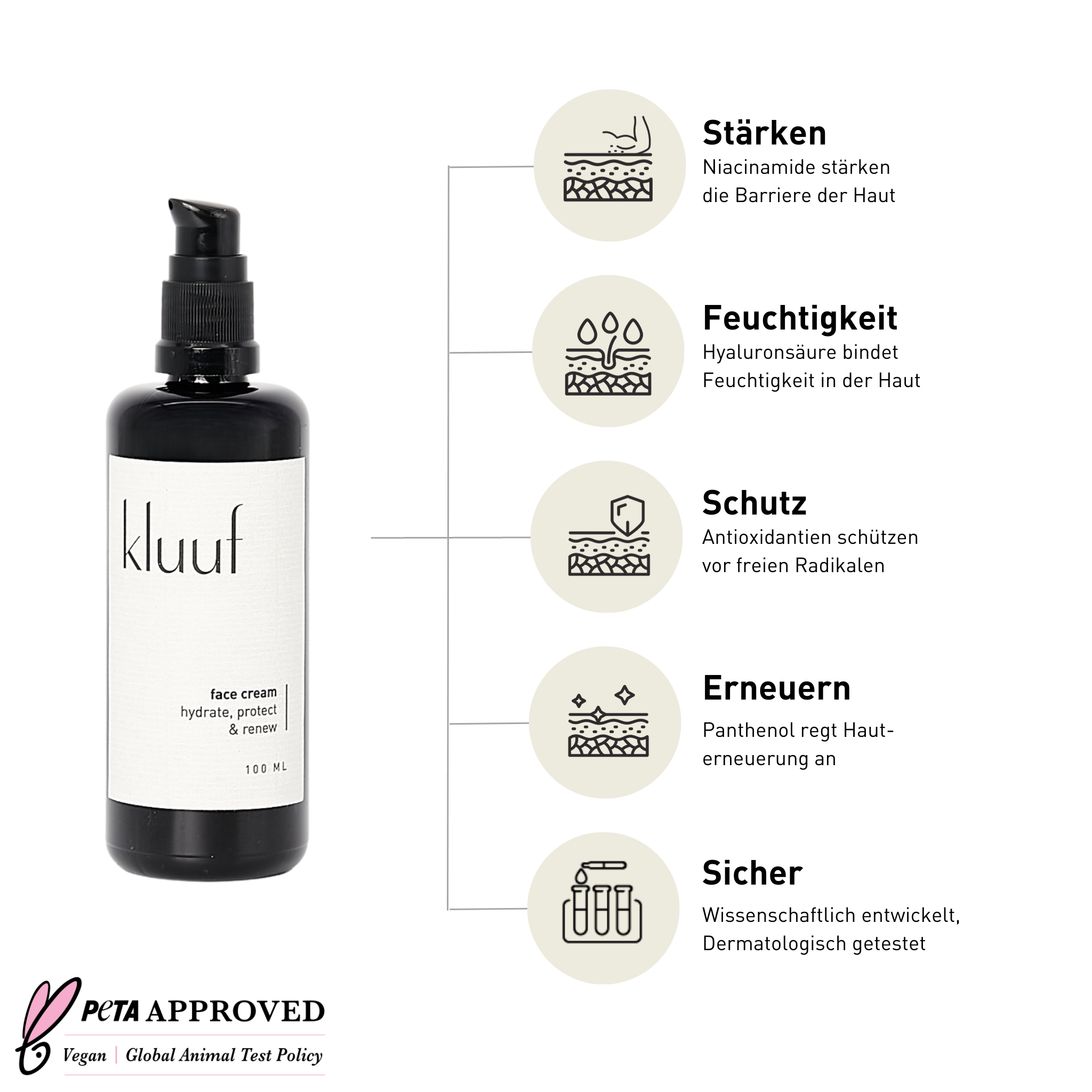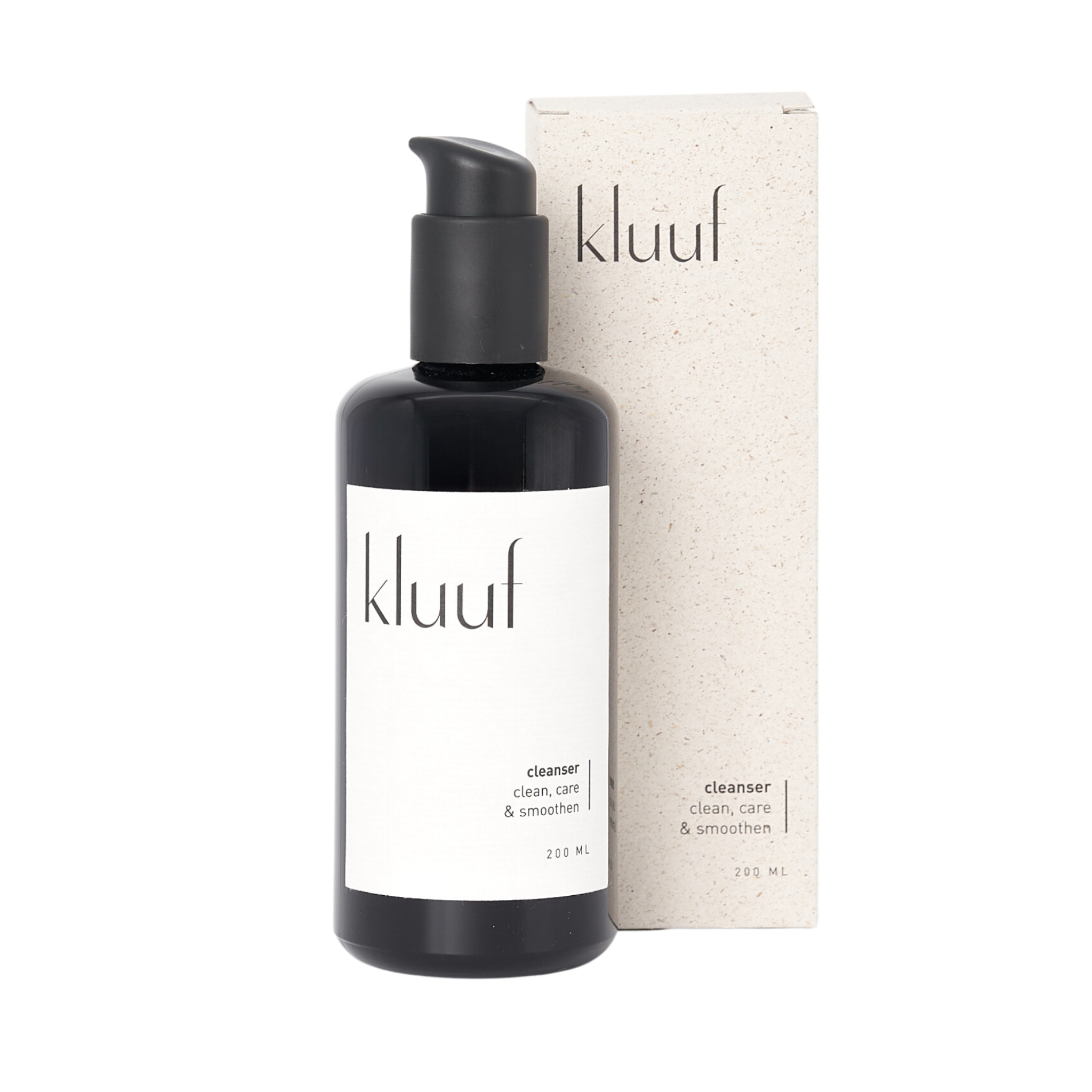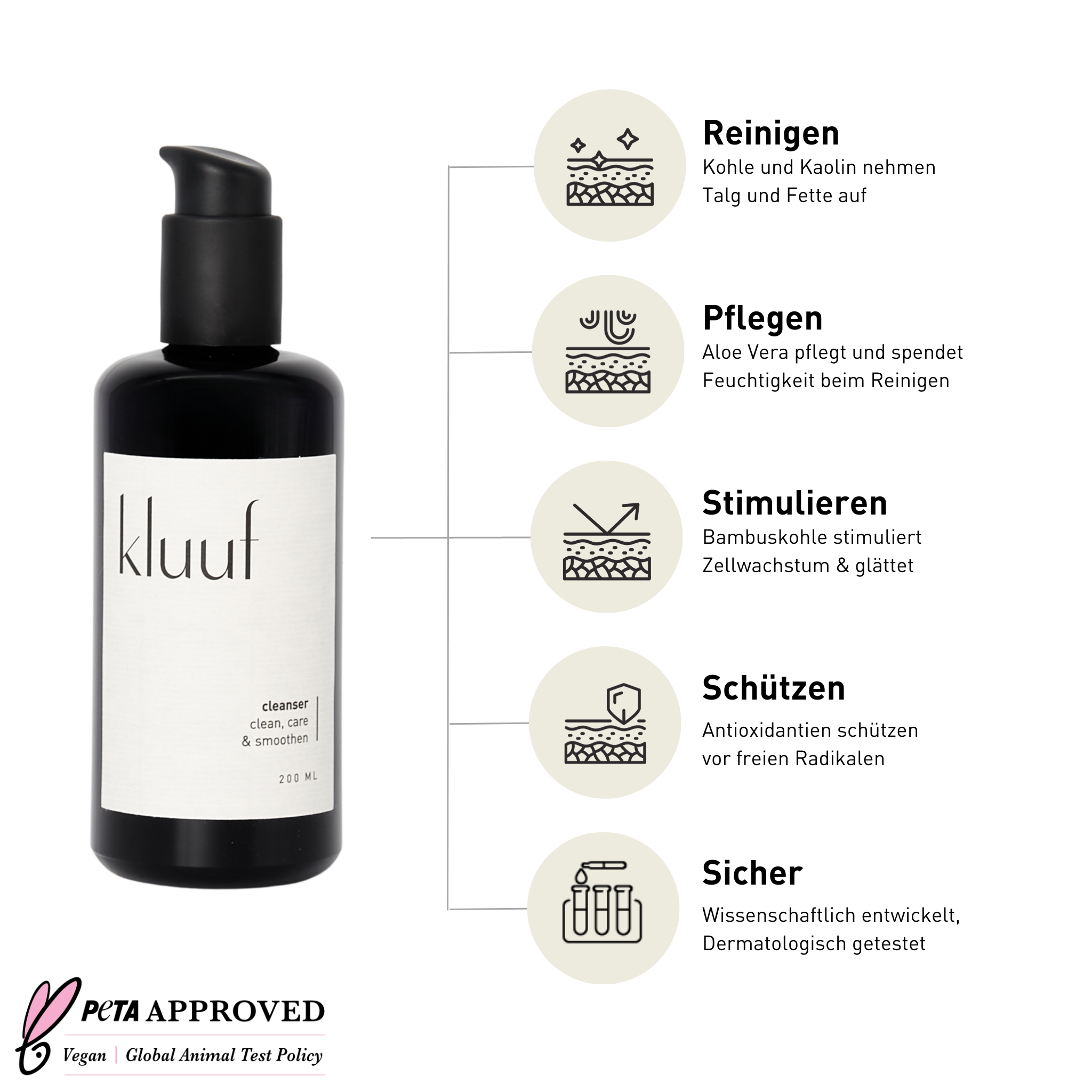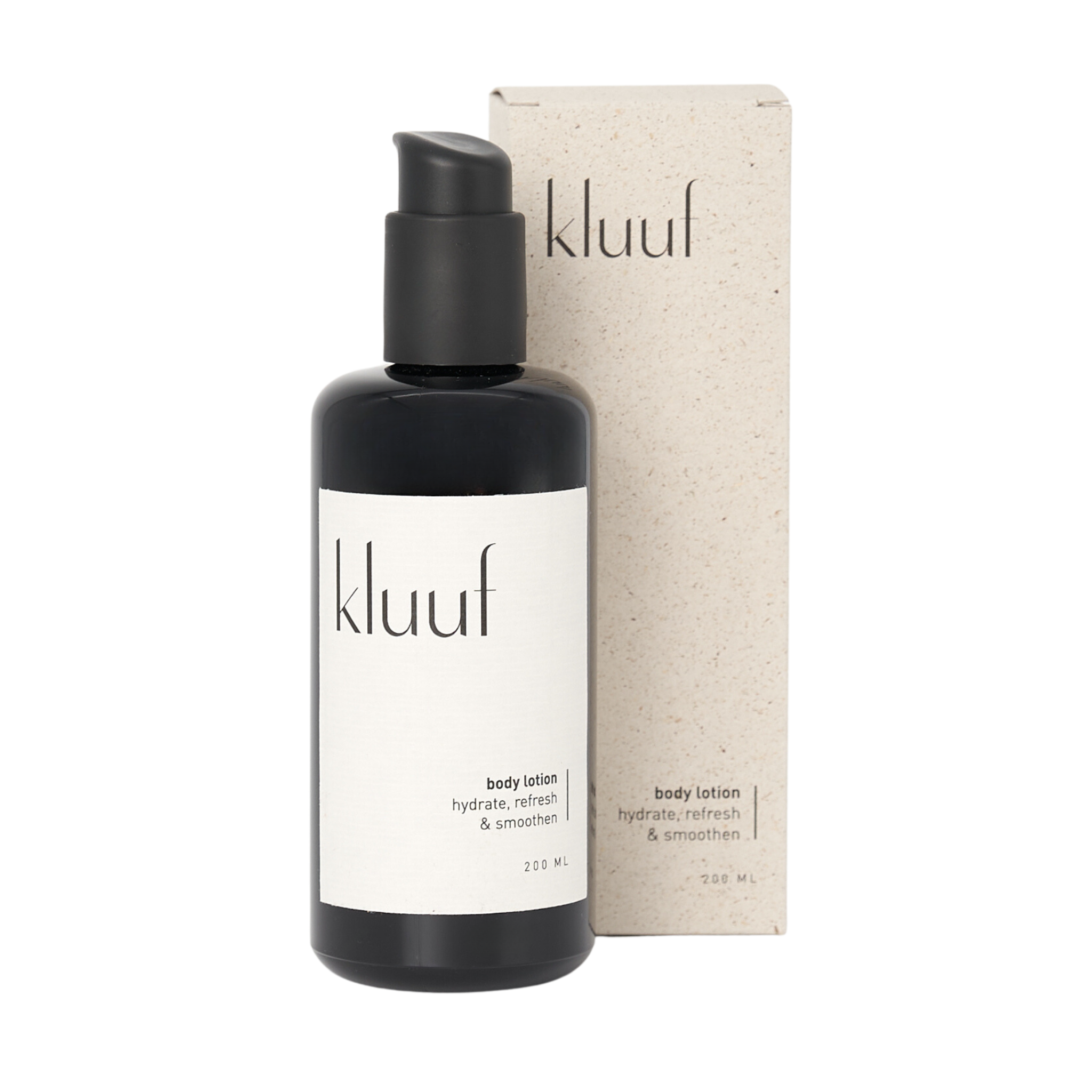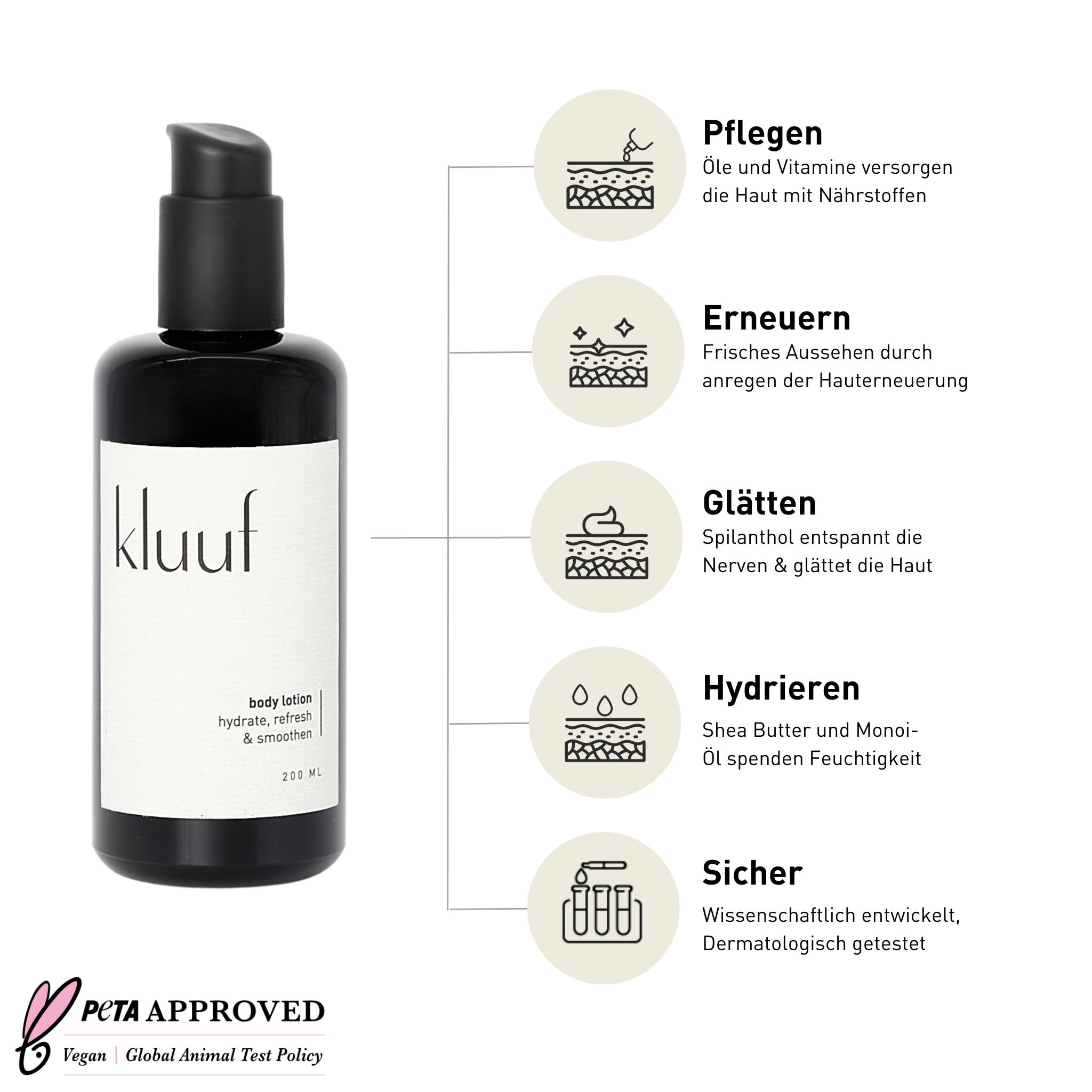Having healthy and well-groomed skin is not only an increasingly important subject for men, but men are also becoming more interested in vegan skincare in general. As a result, many men are following the example of women who have been increasingly interested in ingredients and sustainability for some time now and have often acquired an impressive level of knowledge in this area.
Anyone interested in sustainable skincare often comes across the two terms "comedogenic" and "non-comedogenic", especially when it comes to sustainable skincare brands. As the term is often not explained further, the confusion remains: "Is a comedogenic cream good for my skin or is "non-comedogenic" what my skin needs?
In this blog article, we explain in a straightforward way why it is advisable to use non-comedogenic skincare products, which ingredients are comedogenic and which are not, where the term actually comes from and what else there is to consider when it comes to clean skincare for men.
What does comedogenic and non-comedogenic skincare mean?
The term "comedo (plural comedogen)" comes from the Latin "comedo" and is most commonly translated as blackhead in English. Comedo therefore refers to a completely blocked sebaceous gland in which dark lamellae are pushed outwards. Comedones (blackheads) are therefore the externally visible blockages of sebaceous glands.
Most people will have noticed these dark blackheads on their own skin every now and then, and comedones are particularly common around the nose.
The transition from the above explanation of the term comedogenic to its use in the description of ingredients is relatively easy:
Remember: When buying skincare, make sure that the cream or lotion is formulated with non-comedogenic ingredients. This ensures that the skin is effectively cared for and the sebaceous glands are not unnecessarily clogged.
Well-known comedogenic and non-comedogenic ingredients:
Non-comedogenic creams & lotions are sometimes difficult to recognize, as only very few products indicate whether they are comedogenic or non-comedogenic. It often helps to take a look at the list of ingredients (which can usually be found on the back of skincare products) to understand whether they tend to clog pores or not*.
To make it easier to recognize non-comedogenic products, we have listed some known (non) comedogenic ingredients here:
Well-known comedogenic ingredients:
Well-known non-comedogenic ingredients:
For us, glycerine unfairly has a bad reputation, and we recommend using the active ingredient in combination with hyaluronic acid, such as in kluuf's face cream. We explain glycerine in more detail in a separate blog.
*Expert advice: We recommend limiting yourself to the first 5 - 10 ingredients. INCIs are not listed alphabetically or according to personal preference, but must be listed in descending order from the highest concentration of active ingredients. The first couple active ingredients usually make up the majority of the product - according to the well-known 80/20 rule. It is even easier to analyze products with the help of an app such as Codecheck or Yuka. These helpers only need the barcode of the product and analyze the ingredients based on sustainability, skin compatibility and many other parameters.
More on (non-)comedogenic skin care:
When choosing skincare products, whether for men or women, it is advisable to opt for non-comedogenic formulations. Such products help to hydrate, nourish and protect the skin without increasing the risk of breakouts.
However, normal skin, for example, tolerates comedogenic ingredients well without necessarily clogging pores and comedogenic ingredients in the right dosage can also help to achieve individual skincare goals. As is so often the case in skincare, we advise testing the tolerance carefully to better understand how your skin reacts.
It should also be emphasized that many ingredients that kluuf classifies as unsustainable and sometimes questionable, such as kerosenes, PEG-based polymers or silicones, are comedogenic and should be avoided for reasons of sustainability and compatibility.
We would also like to debunk one myth at this point:
Vegan and sustainable skincare is not automatically comedogenic and does not tend to clog more often than creams & lotions with animal ingredients. This is a myth, because when it comes to skincare, vegan skincare products are in no way inferior to alternative products in terms of quality and effectiveness. Read all about vegan and sustainable skincare for men in this blog.
An effective skincare routine for men should ideally consist of a sustainable face cream that moisturizes, regenerates and protects, as well as a gentle cleanser that removes impurities and prevents spots. A moisturizing body lotion that firms and strengthens rounds off the skincare routine for men, as does an aftershave that repairs and soothes the skin.


